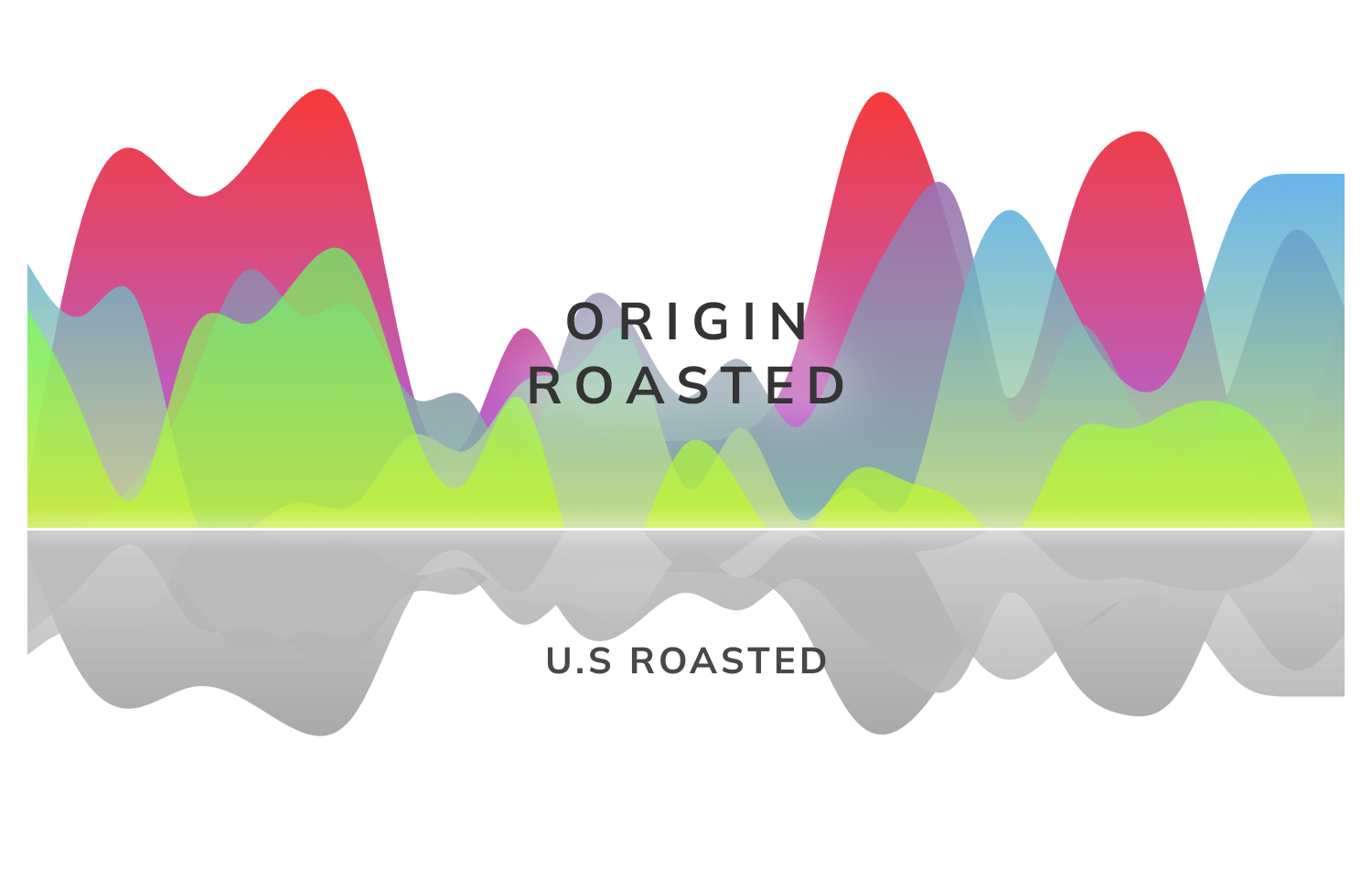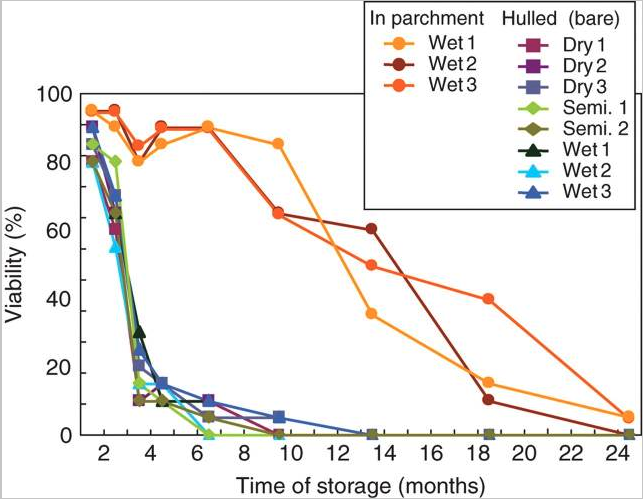Freshly roasted is half the equation
The side of coffee that we don't hear or see much about in the U.S is everything that happens before coffee is roasted. We hear the terms "freshly roasted" and "roasted to order." Have you wondered what came before? In this series called "Origin Stories" we take a look at everything that happens right up to the point green coffee arrives in the U.S for roasting.
In the previous edition of Origin Stories we took a look at past crop coffee. We found out there is a strong correlation between the age of green coffee beans since harvest, and the quality of the brewed cup. In this edition of Origin Stories we are going to delve deeper into the connection between freshness and flavor. When talking about green coffee, why is fresher better, and how fresh is fresh enough?
In consuming countries a lot of the focus of specialty coffee has been on a subset of what makes coffee taste delicious: the freshness of roasted coffee beans. The freshness of the roast, however, is only half of the freshness equation because it neglects to consider the input. Is the green coffee loaded into the roaster also fresh? It is imposible to enjoy a coffee’s full potential if the green coffee was already past its prime time before roasting. This raises an important question. How can we determine or measure the freshness of green coffee?
We might call them coffee beans, but they really are seeds. These seeds are alive right after harvesting and progressively die during the course of storage. This phenomenon is called viability. Viability is a property of all seeds that tell whether they are alive and can sprout into plants. When it comes to cup quality, “loss of viability is relevant for the aroma flattening.” In other words, to maintain aroma and quality we should be roasting green coffee that is alive: “maintenance of viability apparently has a positive effect on the preservation of green coffee quality during prolonged storage.”
The traditional model that supplies green coffee to consuming countries by ocean freight is not very conducive to roasting viable green coffee. This largely has to do with logistics, but there is an important aspect that has a profound adverse effect in quality: hulling. Coffee for export will undergo a hulling process before being loaded onto a ship. This process removes the parchment, a natural barrier that surrounds the green coffee bean and protects its integrity.
Below is a chart that shows how surprisingly fast green coffee beans become unviable after the parchment is removed.
Decrease of viability of coffee seeds during storage. Green coffee was stored at 20 °C and 60 % rh for up to 2 years. (Source)
Just 4-6 months after removing the parchment, up to 90% of the hulled green coffee becomes unviable. In the case of green coffee stored with the parchment, only 10% of the green coffee lost its viability during the same timespan. The protective effect of the parchment is so profound, that “flattening of the cup quality occurs even under optimal storage conditions” when the parchment is removed from the green coffee bean. This implies that if hulled at origin, exported by sea, and subsequently warehoused at destination–there is a very good chance that “freshly roasted” coffee was actually unviable when loaded into the roaster and that flattening of the cup quality was already underway from the moment the coffee was hulled. The image turns particularly bleak in the case of sea export because the test above was under ideal storage conditions with controlled humidity and temperature. Most ports are hot and humid, so it is highly likely green coffee will degrade even faster than in the chart above.
The Origin roasted model radically changes the way coffee is processed and exported. When roasting at Origin, coffee can be hulled just before roasting, ensuring that most of the coffee that goes into the roaster is viable at the largest percentage possible. It is also feasible to keep parchment-stored green coffee beans under ideal storage conditions. This makes a big difference in flavor and quality of the cup because it completes the freshness equation.
Alive green coffee + freshly roasted = the full spectrum of flavors coffee has to offer.
In the next edition of Origin Stories, we will explore how roasting at Origin is more sustainable vs. the current state of the industry.




